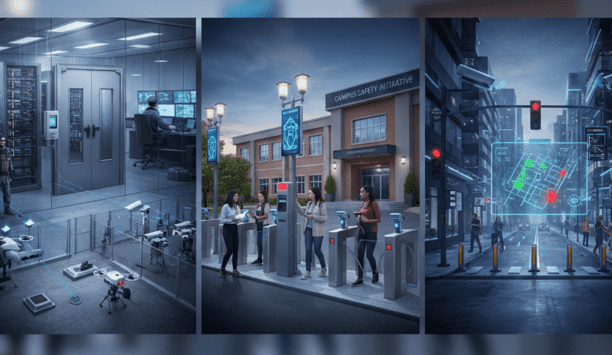 |
| Working with proximity readers now will let even more end-users use biometrics on high security openings |
Zwipe 2014/2015 Review & Forecast:
All of the news reports in 2014 about the mishandling and hacking of card information has made both consumers and institutions more leery of using a card only to verify the cardholder. Looking ahead to 2015, there is an increasing demand for both a more affordable, and more secure way to integrate biometrics into the payment process without having to replace already-installed readers and equipment.
Introduced this year at ISC West, Zwipe’s smart card with integrated biometric reader uses legacy smart card readers, thus meeting both objectives.
Meanwhile, those using proximity card-based front ends have been worried about the security of their own systems. With a slew of proximity readers already installed, the proposition of replacing the readers would be difficult to sell. Add a PIN? That means adding keypads to all the readers plus, as everyone knows, PINs have security issues of their own.
In October, among other enhancement to the biometric card, we announced that presently installed proximity card readers, as well as smart card readers, can now be used by organizations that want to add biometric authorization to their verification process without having to implement biometric readers. As with the original biometric card, the on-card fingerprint scanner with 3D capacitive technology resides on the new contactless Zwipe Access biometric card. Zwipe Access is compatible with all popular ISO 14443 proximity and smart card readers as it is DESFIRE EV1, MIFARE Classic and Legic Advant compatible.
Now, without having to change out their existing card readers, the Zwipe Access biometric card provides an easy, affordable way for organizations to provide a biometric upgrade to access control systems using legacy proximity card or smart card readers.
Working with proximity readers now will let even more end-users use biometrics on high security openings, such as a hospital pharmacy, IT server room or special research lab, without the cost and time associated with switching out their proximity readers for biometric readers.
See the full coverage of 2014/2015 Review and Forecast articles here

























